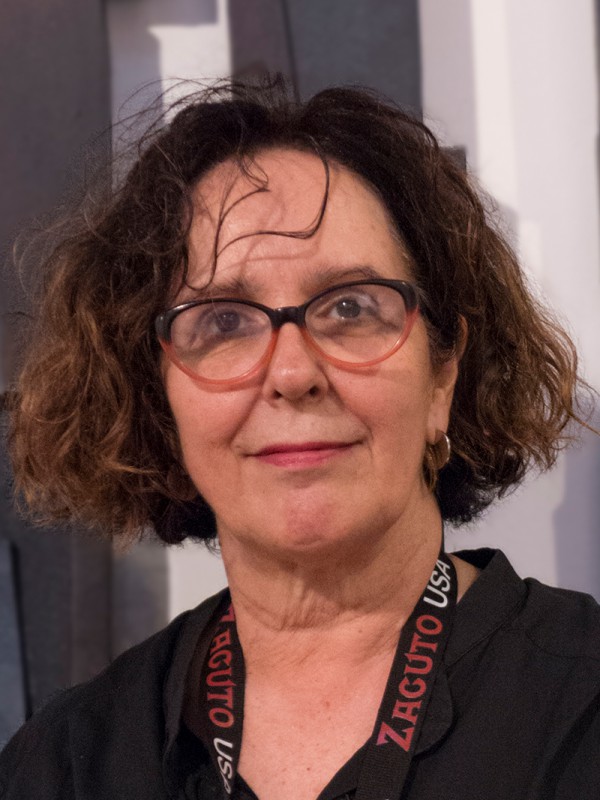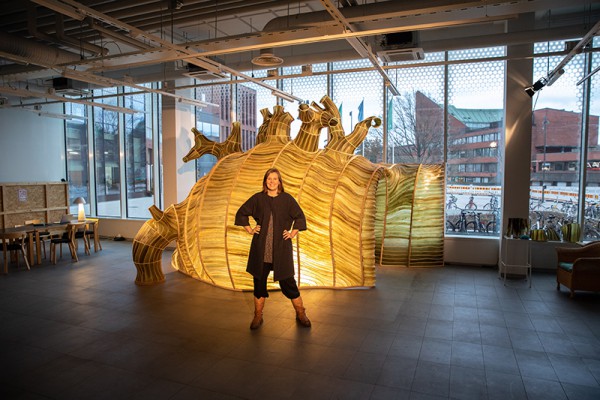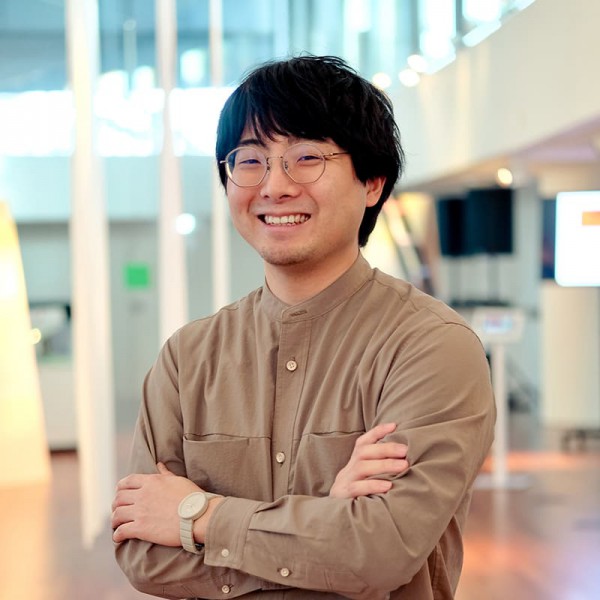Place of activity
Australia, Sydney
Text about the artist.
Merilyn Fairskye lives in Sydney, Australia whose recent video and photographic work explores the effects of powerful events of real life on humans and the environment. Current projects that explore the relationships between technology, atomic landscapes, and community have taken her on location to the Polygon in Kazakhstan, Sellafield, Chernobyl, and other key nuclear sites. Her work has been presented at over 180 exhibitions and festivals, including at the Museum of Modern Art, New York, Tate Modern, London, the Stedelijk Museum, Amsterdam, the Museum of Contemporary Art, Sydney, and the Art Gallery of New South Wales.







